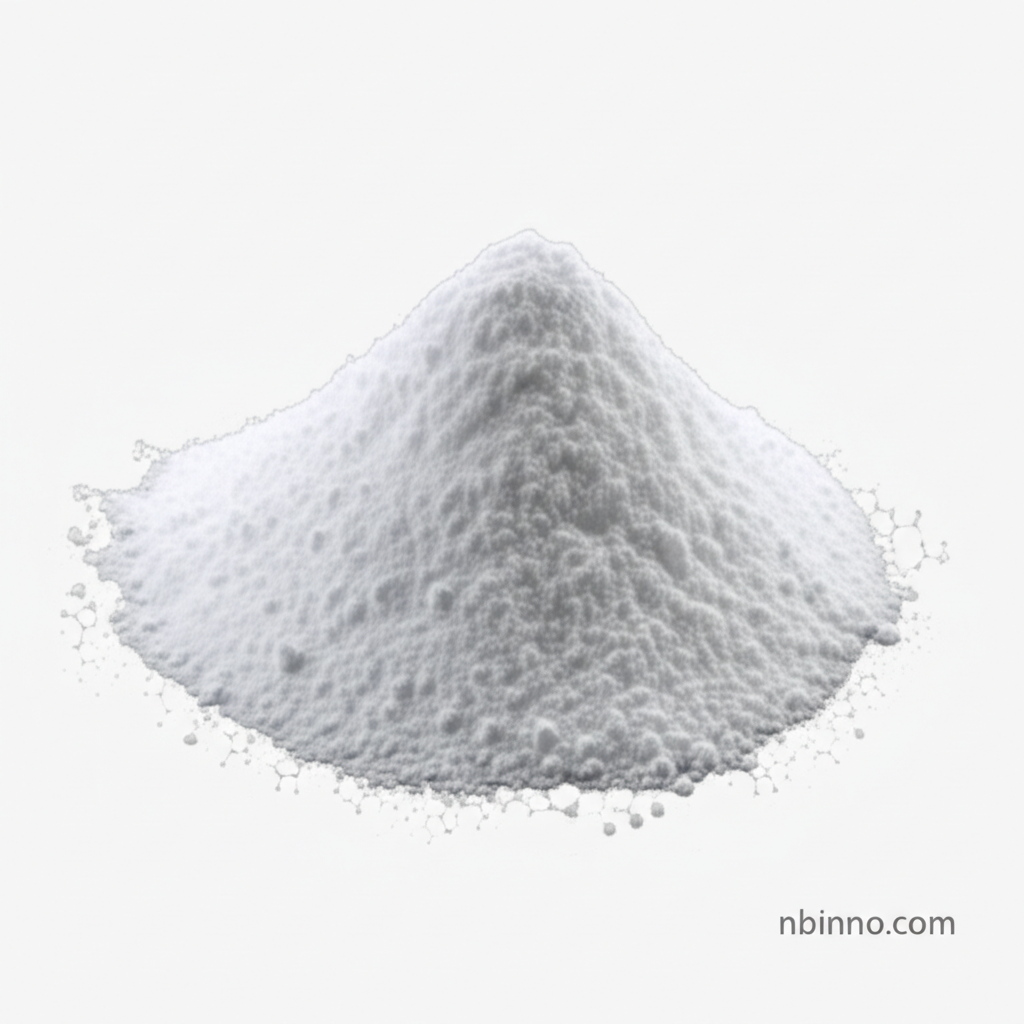Stearic Acid: The Essential Additive for Enhanced Manufacturing
Discover the crucial roles of stearic acid as a lubricant, heat stabilizer, and mold release agent.
Get a Quote & SampleProduct Core Value

Stearic Acid
Stearic acid, chemically known as octadecanoic acid (C18H36O2), is a vital saturated fatty acid widely utilized across diverse industries. Its unique properties make it an indispensable component in enhancing the performance and processing of various materials.
- Explore the benefits of stearic acid for PVC heat stabilizer applications, ensuring optimal thermal stability during manufacturing processes.
- Understand how stearic acid functions as an effective mold release agent, facilitating the smooth ejection of plastic parts and reducing rework.
- Learn about the superior lubricant properties of stearic acid, which significantly reduce friction in plastic manufacturing, leading to improved efficiency.
- Investigate the diverse uses of stearic acid in cosmetics, where it acts as an emulsifier, thickener, and softener to create high-quality personal care products.
Key Advantages Offered
Enhanced Thermal Stability
Stearic acid significantly improves the thermal stability of plastics, preventing degradation during high-temperature processing, which is critical for maintaining product quality and preventing scorching.
Superior Lubrication
The lubricating properties of stearic acid reduce friction between plastic materials and equipment, leading to smoother manufacturing processes, increased productivity, and reduced wear and tear on machinery.
Improved Mold Release
As an excellent mold release agent, stearic acid ensures that molded plastic parts can be easily and cleanly ejected from molds, minimizing damage and enhancing overall production efficiency.
Key Applications
PVC Processing
Stearic acid is widely used as a heat stabilizer and lubricant in the production of PVC products like pipes, films, and profiles, improving their processing and durability.
Cosmetics and Personal Care
It serves as an emulsifier, thickener, and emollient in creams, lotions, soaps, and shaving products, contributing to texture, stability, and skin feel.
Rubber Industry
Stearic acid acts as a vulcanizing agent, softener, and dispersant in rubber manufacturing, enhancing the properties of both natural and synthetic rubber products.
Candle Manufacturing
It is used as a raw material for making various types of waxes, including stem wax, tea wax, and craft candles, improving their hardness and burn characteristics.
